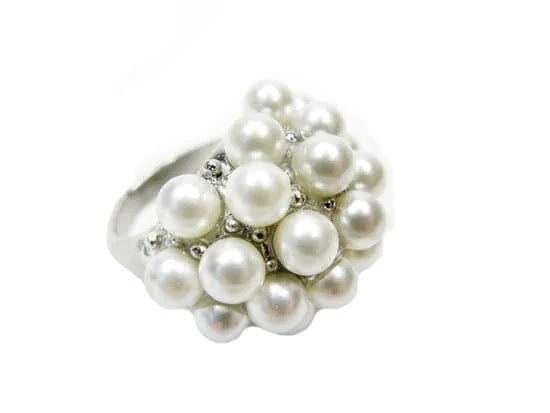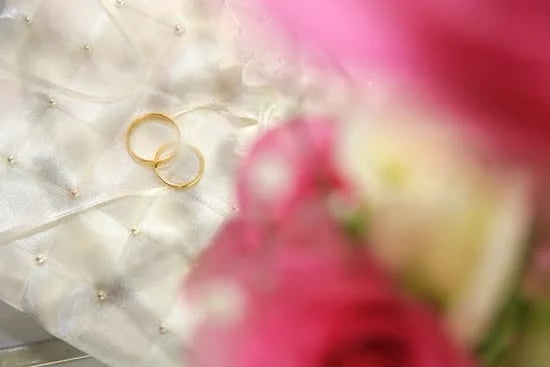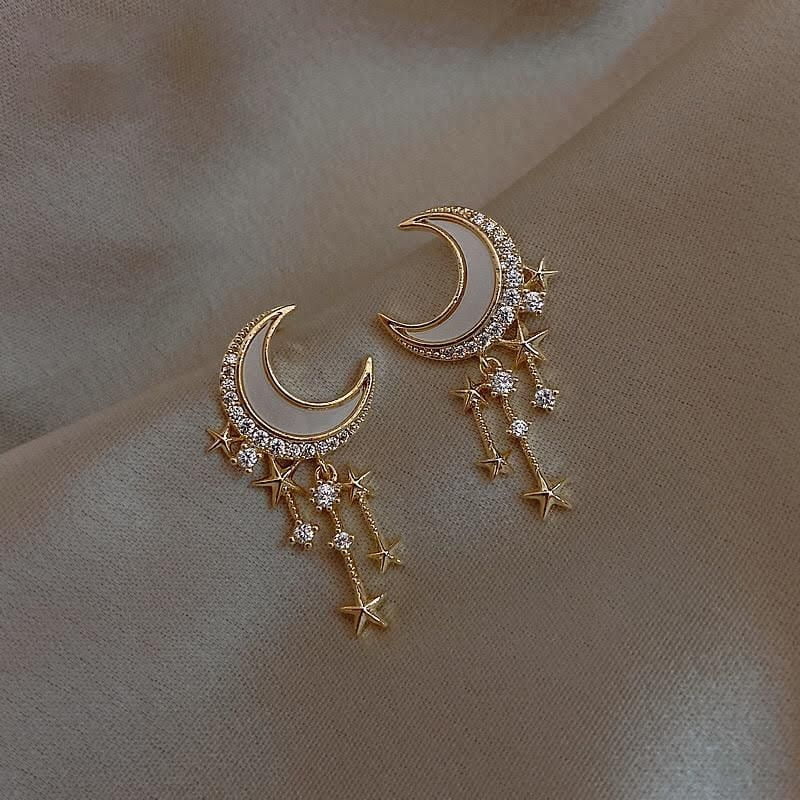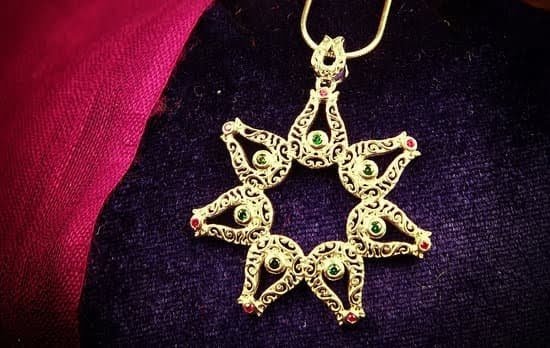Introduction
Selling antique jewelry can be a lucrative business venture because of its timeless appeal and relatively high resell value. Many people are drawn to the beauty, rarity, and history that come with vintage pieces, turning them into treasured family heirlooms. Antique jewelry is often sold for more than its original retail price due to its collectible quality, making it much more profitable for sellers compared to new jewelry items. Furthermore, with the increasing demand for unique and one-of-a-kind items, antique jewelry is becoming increasingly popular among buyers. With a little research and savvy marketing tactics, antique jewelry dealers have the potential to make a good income from their sales.
Research Your Items
Before selling your antique jewelry, it is important to research the items. Learn about the most reliable subjects in researching antique jewelry such as its condition, metal type and stones used when being made. Knowing the history of the pieces can also be beneficial to the sale. Additionally, research websites or platforms that will help you access current market value of the item. This can be done by comparing prices on online auctions or looking at insurance values of similar items. The more knowledge you have gathered, the better chance you’ll have at increasing your profit margins and maximising sales when strategically pricing each piece.
Presentation Matters
When selling antique jewelry, presentation can be critical to increasing demand. The goal is to make the jewelry look as attractive and inviting as possible, creating an eagerness in potential buyers. There are several techniques that can help enhance the presentation of antique jewelry.
First and foremost, cleaning the pieces is a must for any seller. This can help bring out the luster of their materials, such as gold or silver, and draw attention to lower-grade gems that might not be noticed otherwise. Then it is important to consider how the jewelry will be displayed during shows or online postings—an eye-catching background or style helps customers focus on the piece’s intricate design details rather than on structure flaws or other imperfections. Wearing the piece, such as a necklace or bracelet, may also add appeal when capturing product photos. Additionally, providing provenance can instill trust in potential buyers by giving them assurance that these are authentic antiques or vintage treasures with a genuine origin story.
Overall, utilizing these presentation techniques when selling antique jewelry will attract more customers, convince hesitant buyers more easily than not doing so, and lead to higher profits for sellers who take advantage of them.
Set a Goal
When selling antique jewelry, it’s important to set a goal. Set yourself a budget and decide how many pieces of jewelry you would like to sell in a specific amount of time. Research the history, value, and trends surrounding the type of antique jewelry you have so that you can better communicate the value to potential buyers. Identify what type of buyer your antiques are intended for by knowing who your target audience is and how much they would be willing to spend. Once you have identified this information, create an effective marketing plan that will help promote your product to relevant buyers as efficiently as possible. This could include using social media platforms such as Instagram or YouTube or attending local trade or vintage shows. Additionally, consider creating attractive product images that showcase the quality of your antique items and list them on auction sites such as eBay or Etsy. Finally, research competitive pricing and set prices that accurately reflect the quality while also being competitive enough to entice potential buyers.
Know Your Audience
When selling antique jewelry, it is important to know who the primary types of buyers are and what they are looking for. Generally, there are four main types of buyers who actively pursue antique jewelry purchases: Collectors, Casual Shoppers, Investment Buyers, and Sellers.
Collectors look for unique pieces with a focus on rarity and artistic craftsmanship. They may purchase jewelry based on its age or history, as well as pieces that feature unusual designs or precious stones.
Casual shoppers often buy one-of-a-kind items for themselves or for special occasions such as anniversaries and birthdays. They often look for nostalgic pieces or those with personal significance.
Investment buyers seek out high value or rare items with the potential to appreciate in worth over time. They usually have some knowledge of the ins-and-outs of the antique jewelry market.
Sellers acquire items primarily for re-sale purposes through auctions or retail inventory stocking. They may buy single pieces from private parties or large consignments from dealers and estates sales.
Describe Your Item
When selling antique jewelry, it’s important to provide as much detail as possible in your listing. Utilize descriptive words that communicate the item’s condition, age, and notable features. Be sure to utilize accurate measurements such as height and width when providing dimensions of your item instead of generalizing things like “small” or “large”. Determine if the piece is solid or plated gold or silver before listing along with metal purity – and be sure this information is precise for authentication purposes. Additionally, take high quality photos and accurately explain what type of stones are included (i.e., diamonds or other precious materials) including clarity and carat weight. Items made out of metal should also list what type of alloy was used in creating the piece. Finally, include an idea of era when making a description so buyers can understand the approximate age of your item before purchase.
Offer Payment Options
One of the safest and most successful payment methods to use when selling antique jewelry is through a reputable third party service. Many customers appreciate the added layer of security that comes with using services like PayPal, Stripe, and Square. Additionally, they may prefer to pay using their credit card or debit card via these payment solutions, as it can be more secure than a check or cash. Additionally, popular online auction sites such as Ebay allow buyers to purchase via payments platforms such as Paypal and ProPay.
Another viable option is to receive payment in person. This means meeting with potential buyers at a local safe location like a bank and accepting cash payments for your antique jewelry. However, it is important to take measures to protect yourself in this type of situation and you should consider having someone accompany you. Last but not least, if selling your jewelry online and taking multiple orders, setting up an escrow account can be beneficial to ensure funds are transferred securely and payment has been received before releasing your precious items.
Pack and Ship
When it comes to selling antique jewelry, it is important to ensure that it reaches your customers safe and sound. The best shipping methods will depend on the value of the items. For lower-value items, it might be cost-effective to ship via USPS or UPS Ground. For higher-value items, customers might prefer options such as USPS Priority Mail Express or USPS Priority Mail Insured with Signature Confirmation for added protection against loss. For heavier items, such as pieces with large stones, consider using FedEx or DHL for extra security. Make sure to include proper cushioning and support for more fragile items when shipping them and don’t neglect every small detail in order to keep your customer satisfied!
Market Your Item
To market your antique jewelry, you can use a variety of platforms and techniques. You can start by setting up an online store where you list the items that are available for sale. You should also utilize social media platforms to advertise specialization in antiques and post pictures of the products you offer. Additionally, joining local antique groups can be beneficial and create leads through word-of-mouth advertising from those who have patronized your workshop in the past. Finally, don’t forget to establish an email list so you have a way to stay in touch with customers who have purchased from your before or signed up for updates about new products.
Become a Good Salesperson
Selling antique jewelry can require a different set of skills than the traditional customer service role. Developing your salesperson in this industry means building trust and understanding with the customer. Here are some tips to help you become a successful seller.
Find out what kind of customers are most interested in antique jewelry by researching competitors and attending trade shows to learn about current trends and industry members. Ask questions to get to know the actual needs of any potential customer that come through, instead of just pushing them into buying the available product. Demonstrate a deep knowledge of the product range while creating an environment that encourages customers to interact with your collection. Strive for creating long-term relationships rather than one off transactions by reaching out on sales calls to build trust.
Pay attention to detail when curating your catalog so it appeals to customers who may have different tastes and budgets. Use language associated with goldsmiths, silversmiths, diamonds, rubies and more when explaining items. When possible provide videos, certificates of authentication and/or historical information about pieces as part of your marketing materials to increase trust from buyers.
Analyze post-sale feedback from customers in order to adjust future strategies based on their experiences with products or services offered by you as an antiquarian jeweler. Build quality relationships with other vintage dealers in the area so you have regular contact and receive mutual referrals for valuable items for sale or resale purposes.
Conclusion
The key takeaway from this post is that selling antique jewelry can be a lucrative business opportunity. Antique jewelry is a great option for buyers looking for timeless, quality pieces at reasonable prices. To get the most out of your investment, it’s important to know how to research and evaluate items, package them properly, market them effectively and select reliable buyers. By utilizing these strategies and leveraging digital technology, you can enjoy a profitable business venture with antique jewelry. Selling antique jewelry offers the potential of significant profits due to the growing interest in vintage items and desirability of high-quality collectibles.

Welcome to my jewelry blog! My name is Sarah and I am the owner of this blog.
I love making jewelry and sharing my creations with others.
So whether you’re someone who loves wearing jewelry yourself or simply enjoys learning about it, be sure to check out my blog for insightful posts on everything related to this exciting topic!





